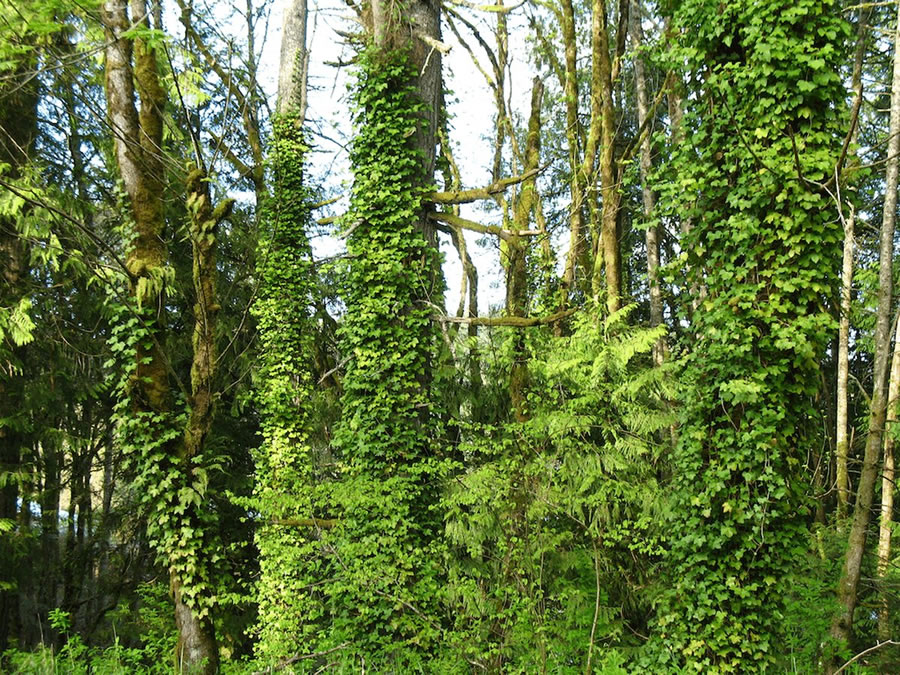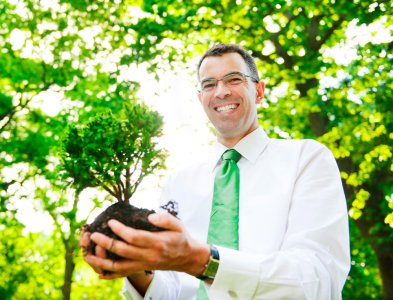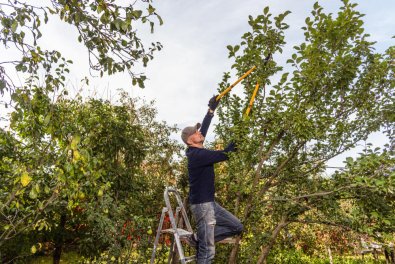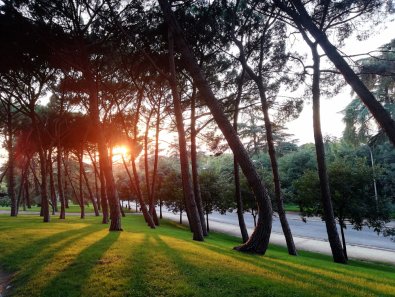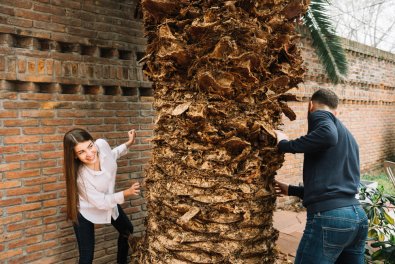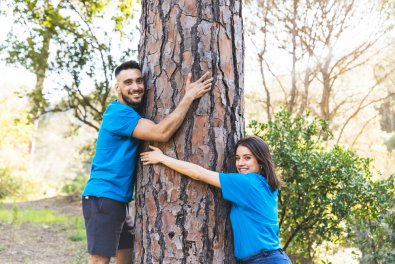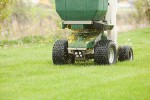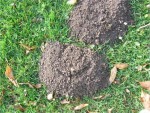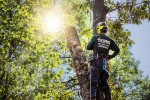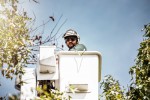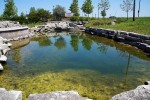Invasive Plants That Harm Our Urban Forest
There are hundreds of thousands of species of plants in the world, each with their own characteristics. A species that is beneficial in one location can be completely detrimental in another, which brings us to our topic. There are many invasive plants that may be wonderful in some forests, but they can harm our urban forests. The folks at Sesmas Tree Service have experience identifying and removing these invasive species, so give us a call if you need assistance. Without further delay, here are some invasive plants to be wary of.
English Ivy
A member of the Hedera family, the English ivy is possibly the most common ivy you will find. They can grow up to 100 feet in length as a ground cover with plants growing about 6 inches tall. Avoid allowing these on your trees as they are difficult to remove due to their small roots along the stem. Plus, their weight can be enough to pull trees down. The English ivy can cause especially serious problems for trees in Georgia because it has no natural pests or diseases.
Japanese Chaff Flower
This herbaceous perennial is not a Georgia native but has been spreading like wildfire thanks to their “hitchhiker seeds.” These seeds can stick to pant legs, strollers, and even puppies, so check yourself for seeds if you are ever exploring urban forests.
The Japanese chaff flower’s “hitchhiker seeds” would not be so problematic if the plant itself was not so harmful to other plants and trees. Unfortunately, they grow to form dense patches up to three feet high, blocking sunlight from reaching plants below. Worse, the plant breaks apart when you try to uproot it.
Japanese Stiltgrass
This annual grass can often be found covering the ground near stream corridors. It has shallow roots and is easy to pull by hand but don’t let this fool you. It thrives in the shade and its seeds can survive in the soil for years before they begin to grow, making this plant difficult to control. Worse, studies show that the Japanese stiltgrass, through allelopathy, can release chemicals that prevent other plants from growing around it.
Mondo or Monkey Grass
Monkey or Mondo grass is a common selection for yards that do not get much sunlight because this plant grows easily in the shade. It is also an aesthetic evergreen with purple flowers. These purple flowers are not all good, though. These flowers turn into berries that birds snatch and spread to forest areas. From there, its ability to grow in the shade turns into a nightmare for our forest floors, suffocating native ground layers.
Kudzu
The kudzu was planted all over the South in the early 20th century to reduce erosion due to poor farming practices. During its peak growing season, this fast-growing plant can grow up to 12 inches a day! No wonder it has earned the nickname “the vine that ate the South.”
Call Sesmas Tree Service
If you are having trouble with invasive plants, then call Sesmas Tree Service to consult with an arborist. We can have a specialist schedule to dispatch to your location when you are available.


